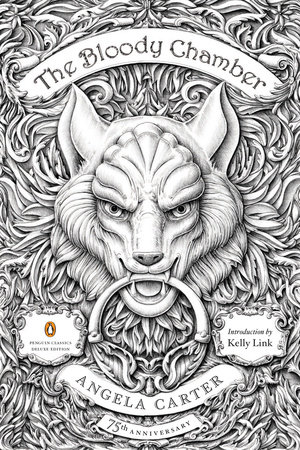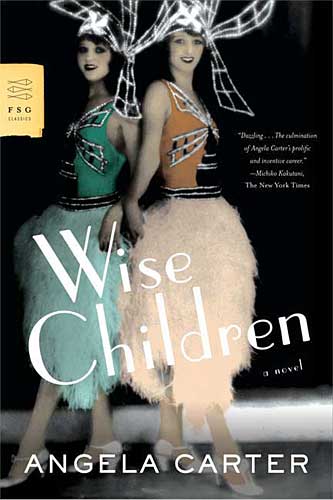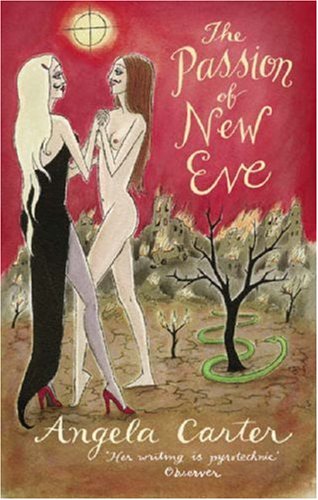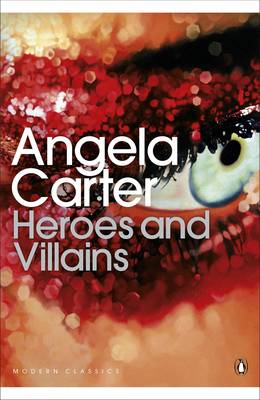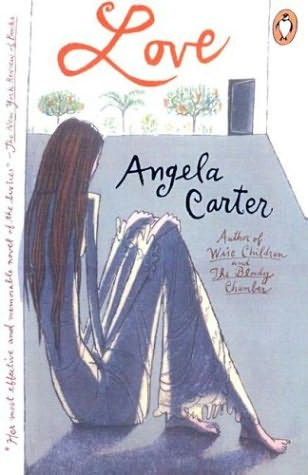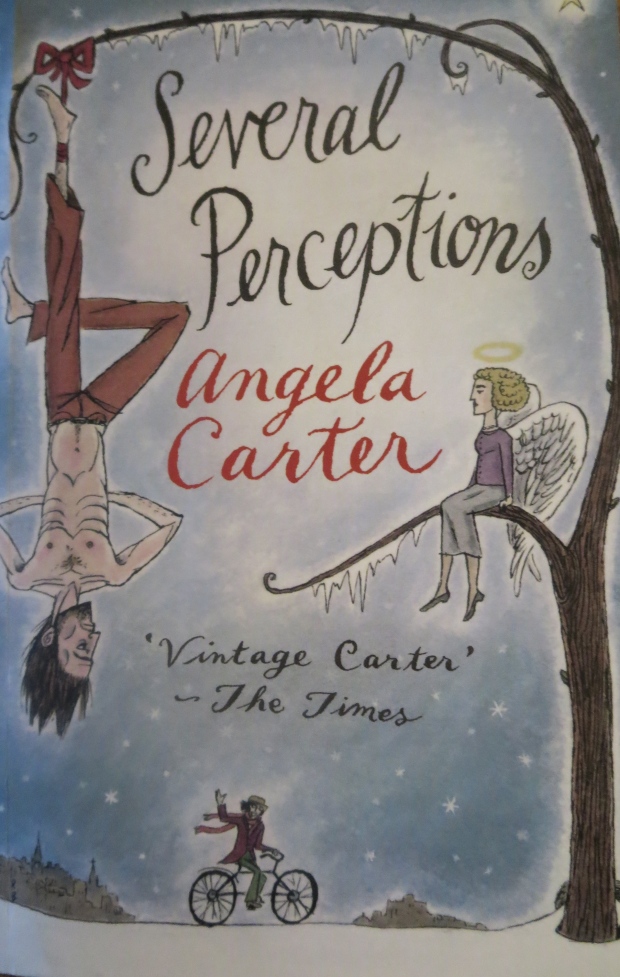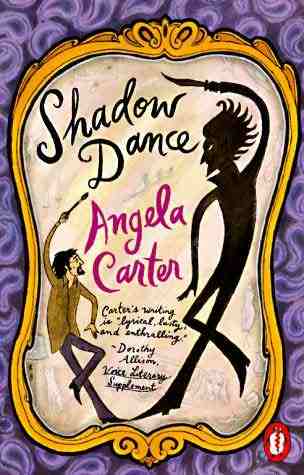For the 75th anniversary of her birth, a Deluxe Edition of the master of the literary supernatural’s most celebrated book—featuring a new introduction by Kelly Link
Angela Carter was a storytelling sorceress, the literary godmother of Neil Gaiman, David Mitchell, Audrey Niffenegger, J. K. Rowling, Kelly Link, and other contemporary masters of supernatural fiction.
In her masterpiece, The Bloody Chamber—which includes the story that is the basis of Neil Jordan’s 1984 movie The Company of Wolves—she spins subversively dark and sensual versions of familiar fairy tales and legends like “Little Red Riding Hood,” “Bluebeard,” “Puss in Boots,” and “Beauty and the Beast,” giving them exhilarating new life in a style steeped in the romantic trappings of the gothic tradition.
“A wonderfully written book, ironical, cerebral, elegant . . . distinguished by bold, inflected language and ornate, indeed often bloody, imagery.” —Joyce Carol Oates, The New York Times Book Review
“The tales are retold by Angela Carter with all her supple and intoxicating bravura.” —The New York Review of Books
“She was, among other things, a quirky, original, and baroque stylist, a trait especially marked in The Bloody Chamber—her vocabulary a mix of finely tuned phrase, luscious adjective, witty aphorism, and hearty, up-theirs vulgarity.” —Margaret Atwood, The Observer
“She writes a prose that lends itself to magnificent set pieces of fastidious sensuality . . . dreams, myths, fairy tales, metamorphoses, the unruly unconscious, epic journeys, and a highly sensual celebration of sexuality in both its most joyous and darkest manifestations.” —Ian McEwan


